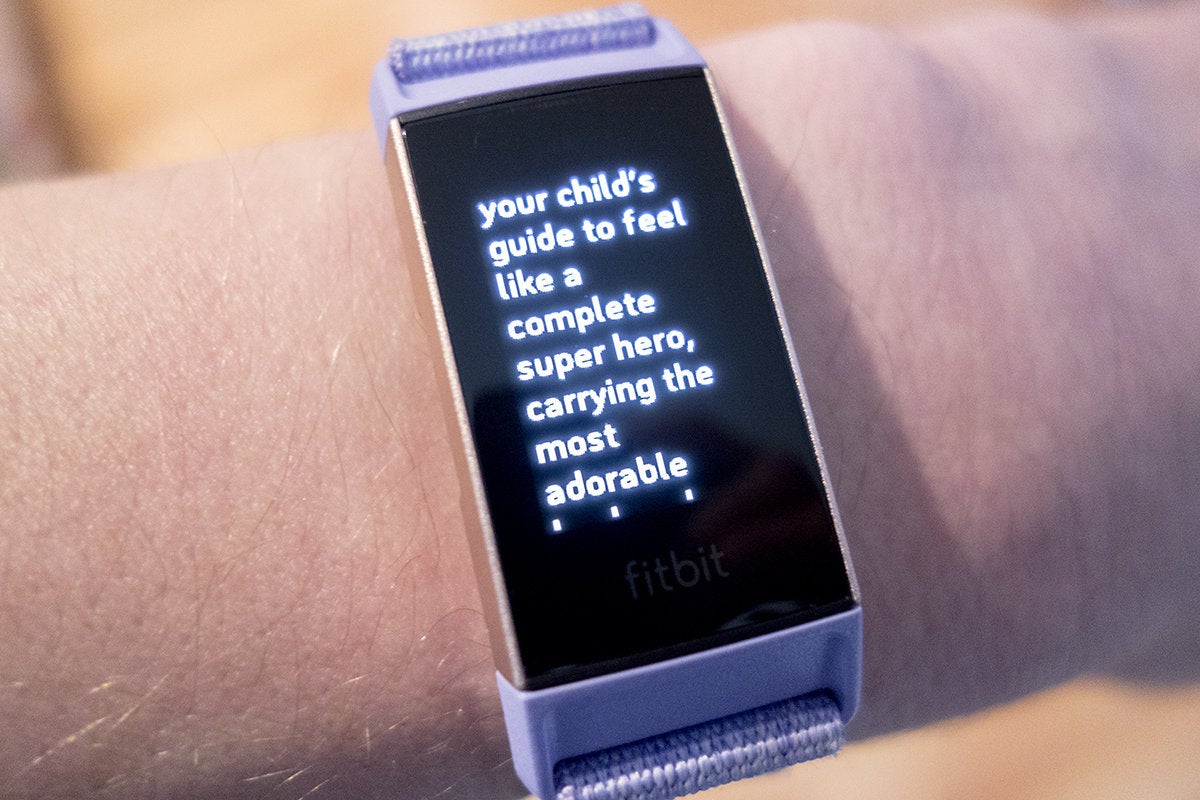

On one hand, the Inspire 2 is $50 cheaper and comes with a 12-month Fitbit Premium trial. Why you should buy it: I liked the Fitbit Charge 4 when I reviewed it and it’s definitely a good mid-range option between the Versa and the Inspire, but at $150, it’s a tough sell. What you don’t get: The Charge 4 doesn’t have Fitbit’s newest PurePulse 2.0 heart-rate technology nor the Inspire’s 10-day battery life (Fitbit rates it at 7 days). The Charge 4 is a little bigger than the Inspire 2. What you get: The Charge 4 is Fitbit’s most powerful tracker with several upgrades over the Inspire 2, including GPS, NFC, and Spotify controls, along with a handful of rudimentary apps such as weather and calendar. If there’s a really good sale Fitbit Charge 4 ($150) If your budget is too tight to spend the extra money on the Sense, the Versa 3 is a solid option. Why you should buy it: The Versa 3 is identical to the Sense minus the sensors. What you don’t get: The EDA, ECG, and skin-temp sensors on the Sense, or the six-month Premium subscription. The Fitbit Versa 3 will track your movements but not your stress levels. It also has a new magnetic fast charger that will give a full days charge in about 10 minutes, as well as the ability to answer calls and summon Google Assistant. What you get: The Versa 3 is a minor update to the Versa 2, bringing all of that watch’s capabilities (see below) along with GPS, a second-gen PurePulse heart-rate sensor, and a larger display.

As a bonus you’ll get a six-month trial to Fitbit Premium worth $60, which gives even more data from the watch’s sensors. You won’t find a more advanced smartwatch from Fitbit or anyone else. Why you should buy it: If you want it all.


 0 kommentar(er)
0 kommentar(er)
